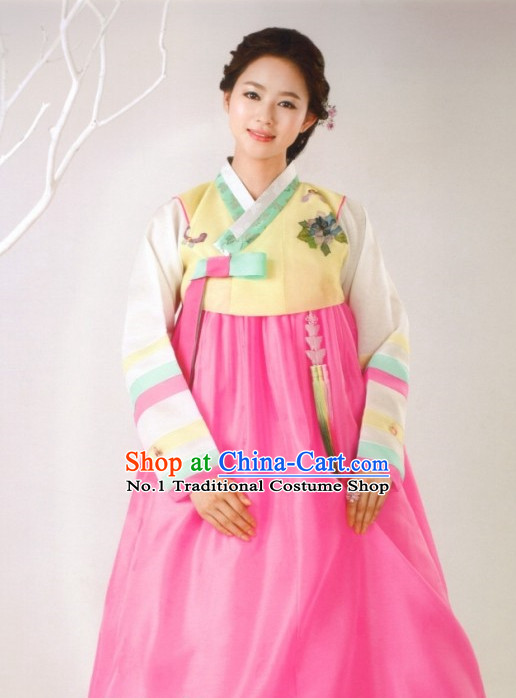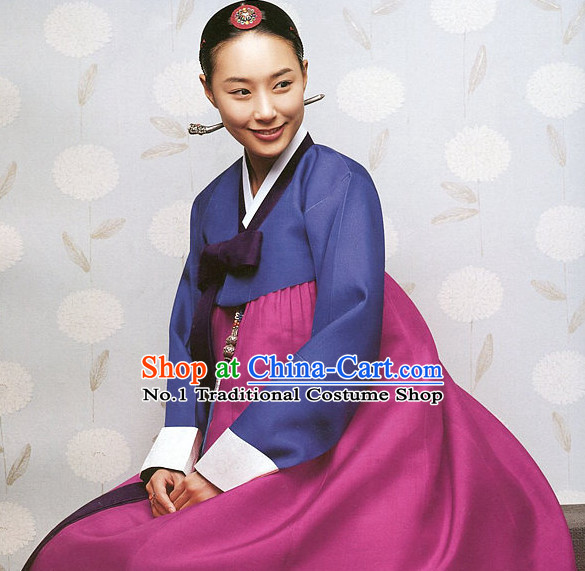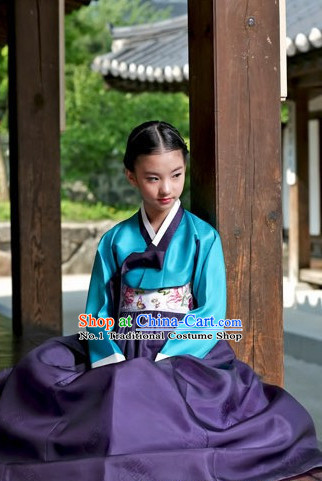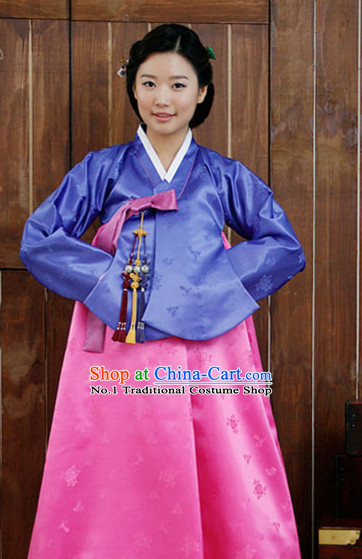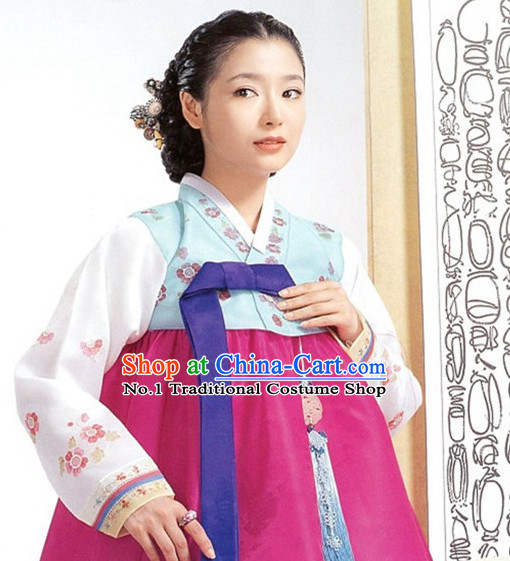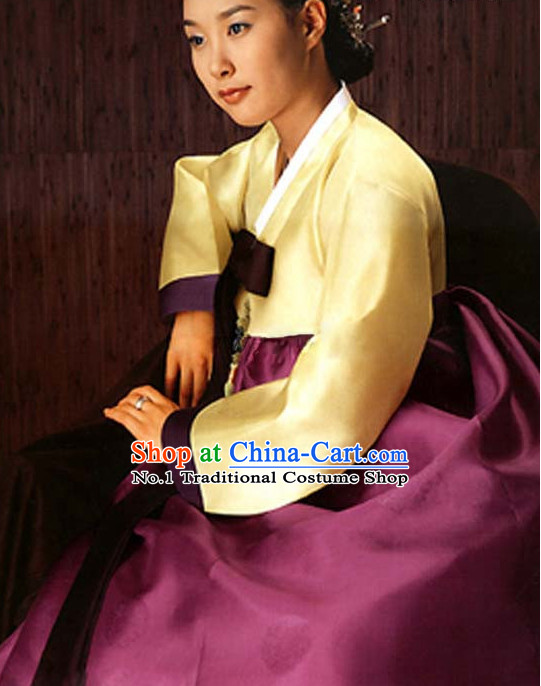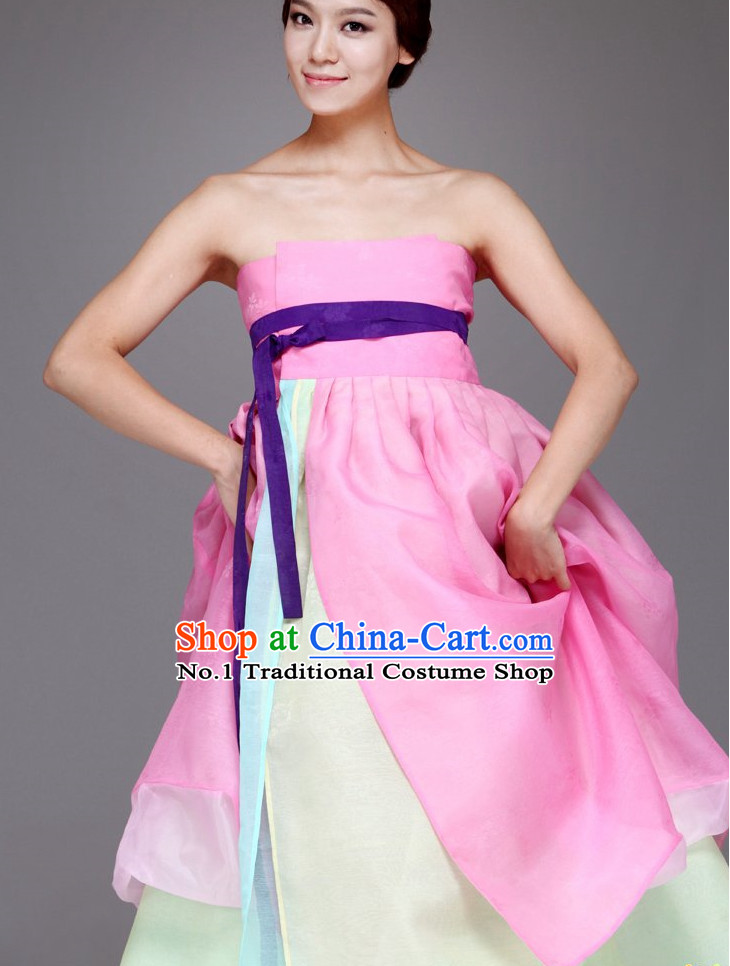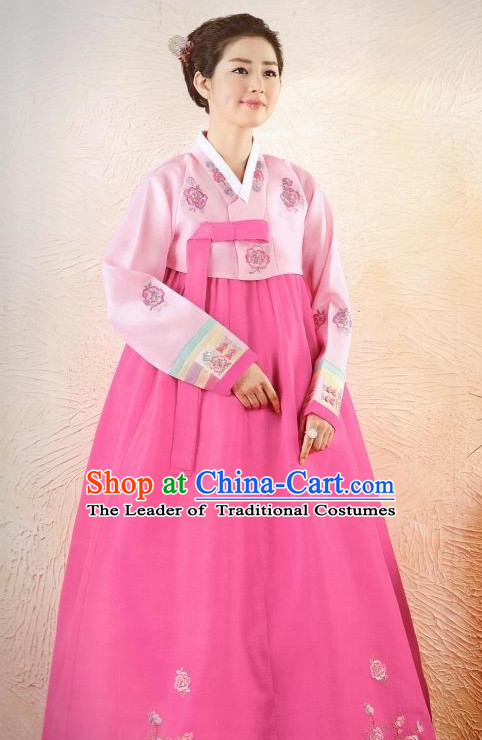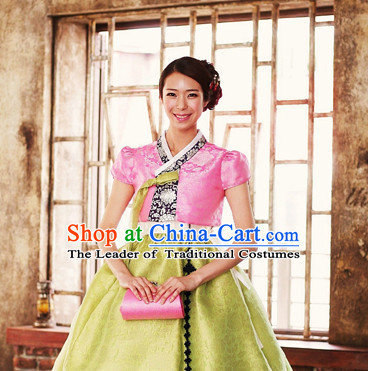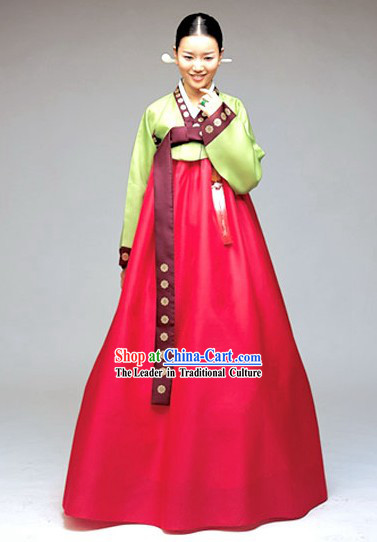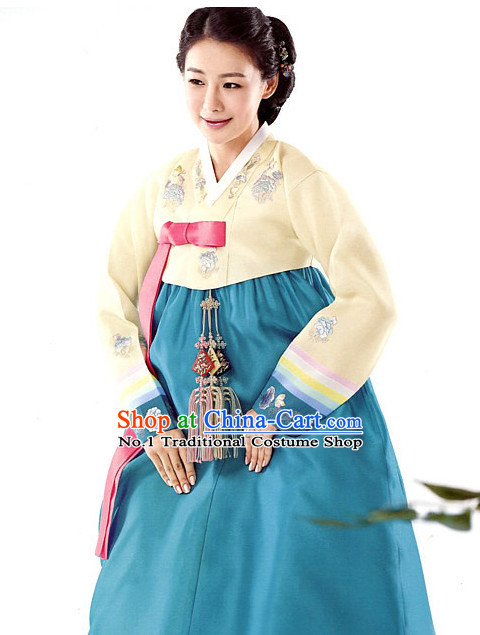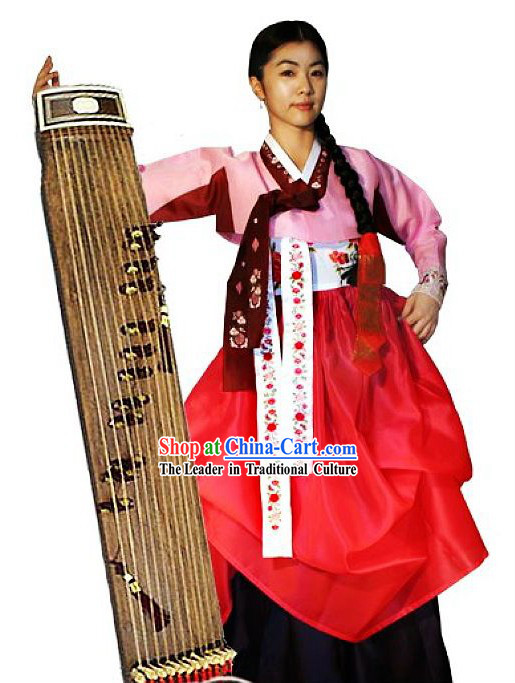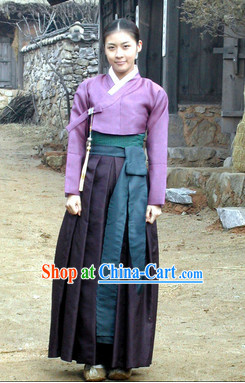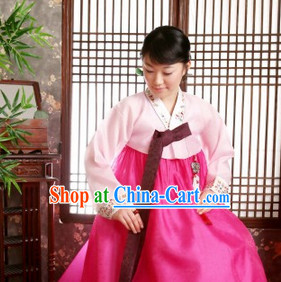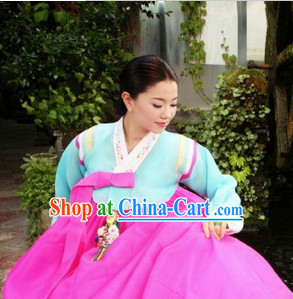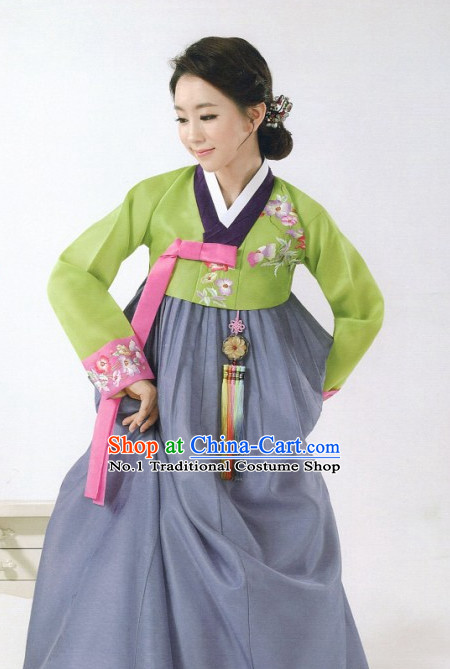
Click Related Pictures for More Audios:
Hanbok, the traditional attire of Korean women, is an artwork full of historical significance and cultural connotations.
It represents Korea's long history, rich cultural traditions, and pursuit of beauty.
Hanbok is renowned worldwide for its elegant design, exquisite craftsmanship, and unique style.
The design of Hanbok usually takes natural elements as a basis, such as flowers, trees, and animals.
These patterns symbolize harmony, balance, and vitality.
In addition, Hanbok adopts various color combinations, such as red, yellow, blue, and green, which have special symbolic meanings in Korean culture.
For example, red represents passion and energy, yellow symbolizes wisdom and brightness, while blue signifies tranquility and deep thought.
The process of making Hanbok is very complex and time-consuming.
Firstly, designers will create clothing styles based on seasons and occasions.
Then, artisans will use materials such as silk, cotton cloth or linen to make the clothing.
Next, they will cut these materials into appropriate shapes and sew them together to form complete garments.
Finally, they will embroider exquisite patterns and texts on the clothing to increase its artistic value and uniqueness.
Hanbok is not only a beautiful artwork but also an important part of Korean culture.
It reflects Korean people's pursuit of beauty, reverence for nature, and respect for traditional culture.
People wearing Hanbok usually participate in various celebration activities such as weddings, funerals, and festivals.
On these occasions, Hanbok provides a way for people to show their identity and status while also being a way to inherit and promote Korean cultural heritage.
In conclusion, as an artwork and cultural symbol, Hanbok has rich spiritual connotations and historical significance.
It represents Korean people's pursuit of beauty, reverence for nature, and respect for traditional culture.
By appreciating and learning about Hanbok, we can better understand Korea's history, culture, and social values.





